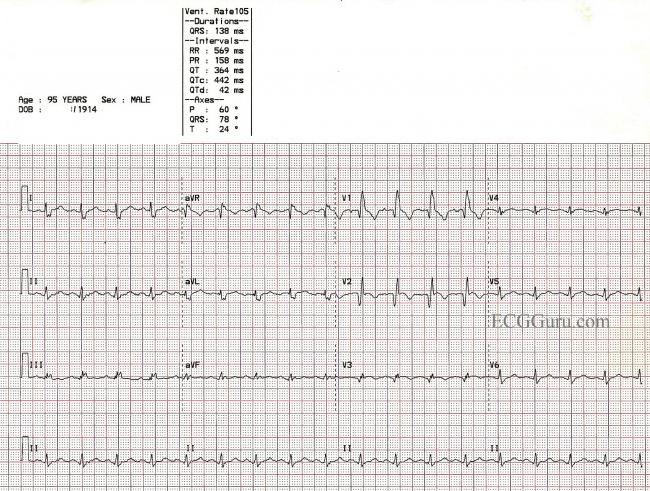
The presence of abnormal Q waves on admission electrocardiograms of patients with initial acute myocardial infarction has a direct impact on their survival prospects. The Q wave is produced when the electrical activity of the heart depolarizes the septum, which is the wall that separates the left and right ventricles. The QRS complex is the section of the ECG that represents the ventricular depolarization. What Is Normal Q Wave In Ecg?Ī normal Q wave in an electrocardiogram (ECG) is a small, downward deflection that occurs after the QRS complex. Furthermore, Q waves show some evidence of being related to the location of the prior MI. Preclinical Q waves on ECG are not always indicative of a prior myocardial infarction on cardiac MRI. Do Q Waves Always Indicate Mi?Ĭonclusion. Permanent Q waves can be a sign of ongoing damage to the myocardium. A Transient Q wave has been observed in patients with ischemic strokes and has been produced experimentally in animals. Non-Q-wave myocardial infarctions can occur for a variety of reasons, including both short-term and long-term infarctions. However, another cause, such as arrhythmias, pericarditis, or myocarditis, may be considered. Non-Q wave myocardial infarctions are caused by thrombus formation in the coronary arteries. Causes Of Non-q Wave Myocardial Infarctions Although pathological Q waves can be detected in some cases, they do not always indicate a definitive infarct. The onset of symptoms of acute myocardial infarction can result in Q waves appearing within a few hours, though they can take 12 hours or more. Furthermore, the Q pattern did not improve the accuracy of localizing on the ECG. The location of the previous MI appears to be slightly related to Q waves. The presence of pathologic Q waves on ECG is not always associated with the presence of previous myocardial infarction on cardiac MRI. Scar can be found most frequently in anterior Q waves (9%) in the anterior segment of the left ventricular. There is some debate whether pathologic Q waves on ECG always correspond to ischemic patterns associated with delayed cardiac enhancement on echocardiograms. When a person has a myocardial infarction, the classic ECG sign is a Q wave. Because the scar tissue in a myocardial infarction is electrically dead, pathologic Q waves are produced. They are caused by the absence of electrical stimulation. When there is a pathological Q wave present, there is a previous myocardial infarction. What Does A Pathological Q Wave At Ecg In Case Of Myocardial Infarction Indicate? A pathological Q wave is often a sign of a previous MI. A Q wave is considered to be pathological if it is wider than 0.04 seconds or larger than one-third the height of the R wave. The Q wave is the first negative deflection after the P wave on an ECG tracing.

A pathological Q wave is an abnormal Q wave on an electrocardiogram (ECG) that is indicative of myocardial infarction (MI).


 0 kommentar(er)
0 kommentar(er)
